Monchique was, on the 16th of February, the only municipality in the Algarve with Extremely High Risk, according to the update of the cumulative incidence of cases of Covid-19, at 14 days, made this Monday, the 22nd, by the General Directorate of Health (DGS). The data released today refer, it should be noted, to the period between 3 and 16 February.
In any case, the incidence of new cases has practically halved in Monchique since last week. According to data from the DGS, the cumulative incidence, which was 2088 cases per 100 population last week, is now 1064.
Even so, Monchique remains at the level of the municipalities with more than 960 cases per 100 inhabitants. It is even one of 15 municipalities across the country in this risk level.
Good news is that the municipalities of Vila Real de Santo António (901) and Castro Marim (722), which, last week, also accompanied Monchique at the top of the risk, now descended to the Very High Risk category (between 480 and 959,9 cases per 100 inhabitants).
For the rest, most municipalities in the Algarve – Albufeira (445), Alcoutim (417), Faro (408), Lagoa (250), Lagos (346), Loulé (396), Olhão (320), Portimão (380), São Brás de Alportel (250) and Silves (406) – register High Risk (between 240 and 479,9 ,XNUMX).
Tavira (208) is located on the Moderate Risk bar (between 120 and 239).
With the lowest degree of risk (between 60 and 119,9), for the second consecutive week, the neighboring municipalities of Aljezur (89) and Vila do Bispo (78).
At the meeting with experts, which is taking place at Infarmed, on the state of the Covid-19 pandemic in Portugal, André Peralta Santos, from DGS, began by saying that the incidence of contagion within 14 days had a "consolidation of the trend" with a “very significant descent”.
The specialist added that there are still "areas with high incidences" and "some municipalities with an incidence higher than 960".
Despite this, Peralta Santos showed maps that prove the descent in recent weeks, across the country. The descents occur in all age groups. The group over 80 years old is the one in which there is “higher incidence”, but still “lower” and with values at the level of November.
The specialist underlined the “descending process of Madeira”, as well as of the other national regions, stressing, however, that Lisbon and Vale do Tejo continue with the highest level of incidence.
Help us to do the Sul Informação!
Contribute your donation so that we can continue to make your journal!
Click here to support us (Paypal)
Or use our IBAN PT50 0018 0003 38929600020 44
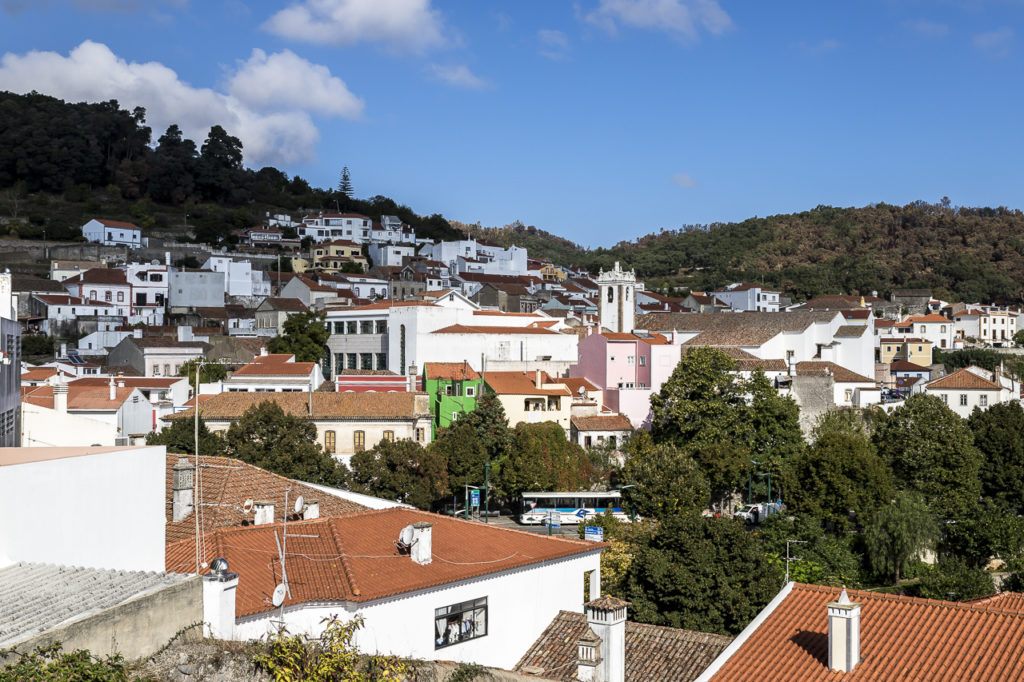
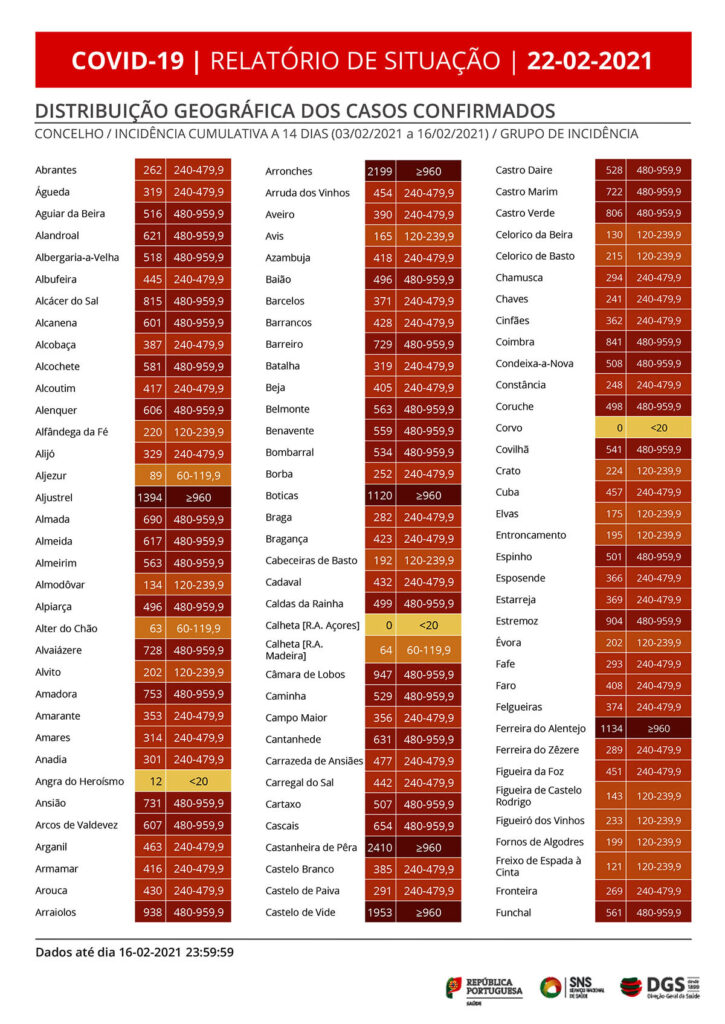
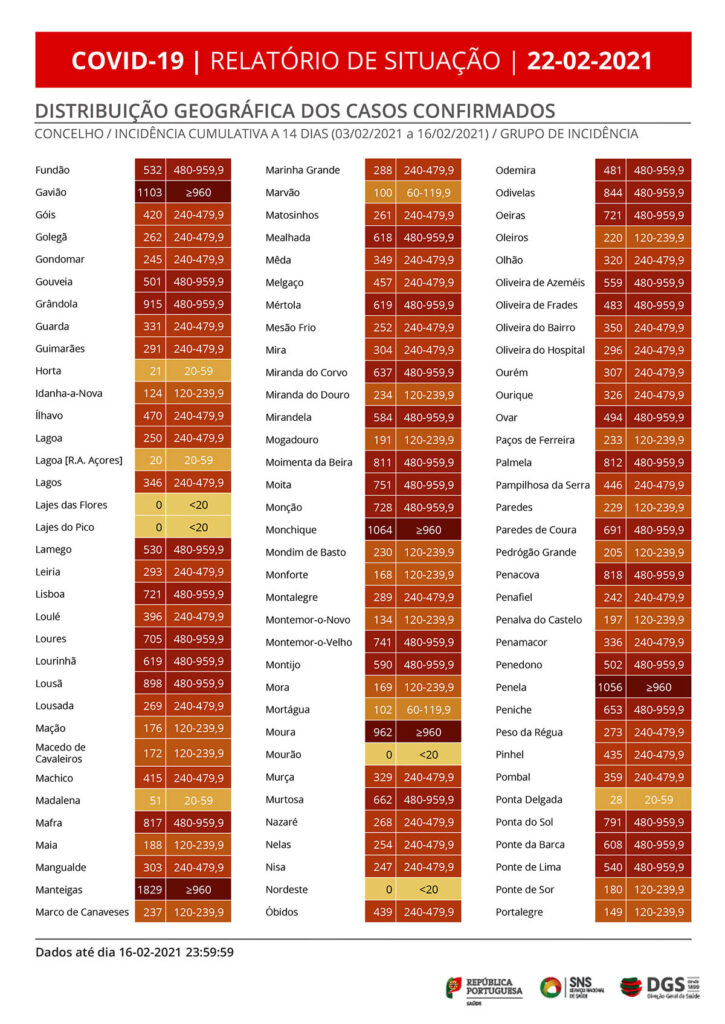
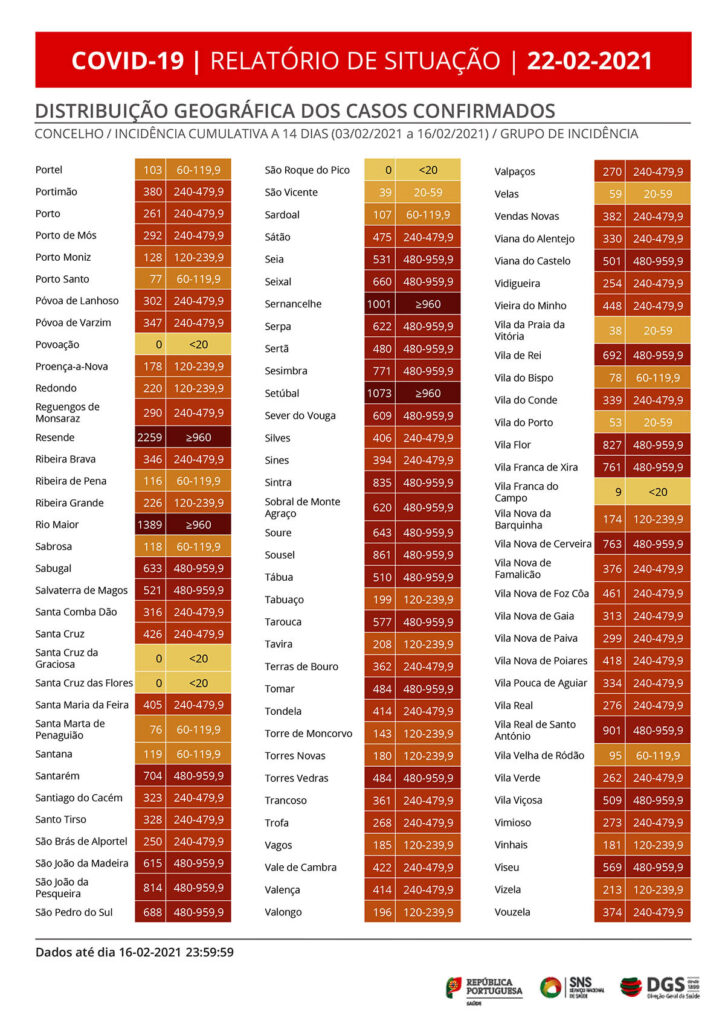
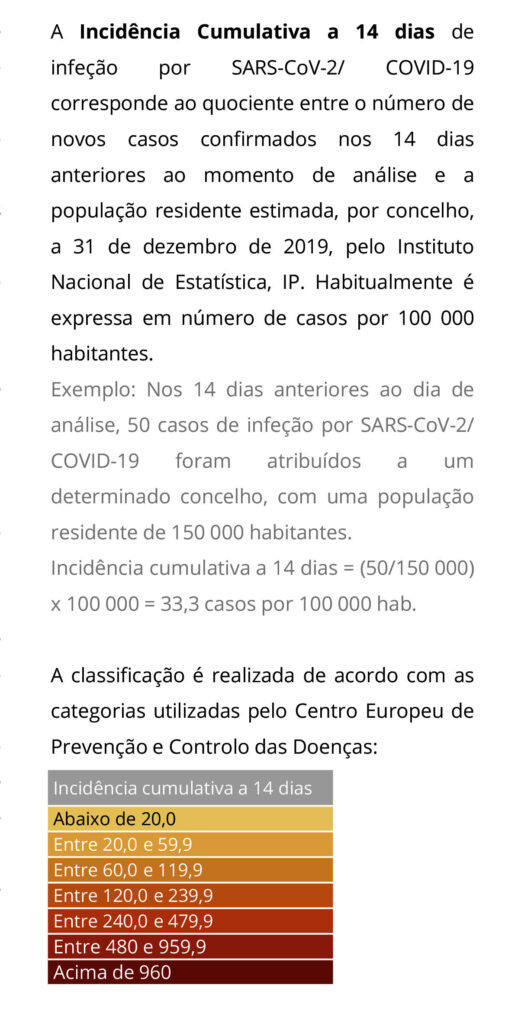


















Comments